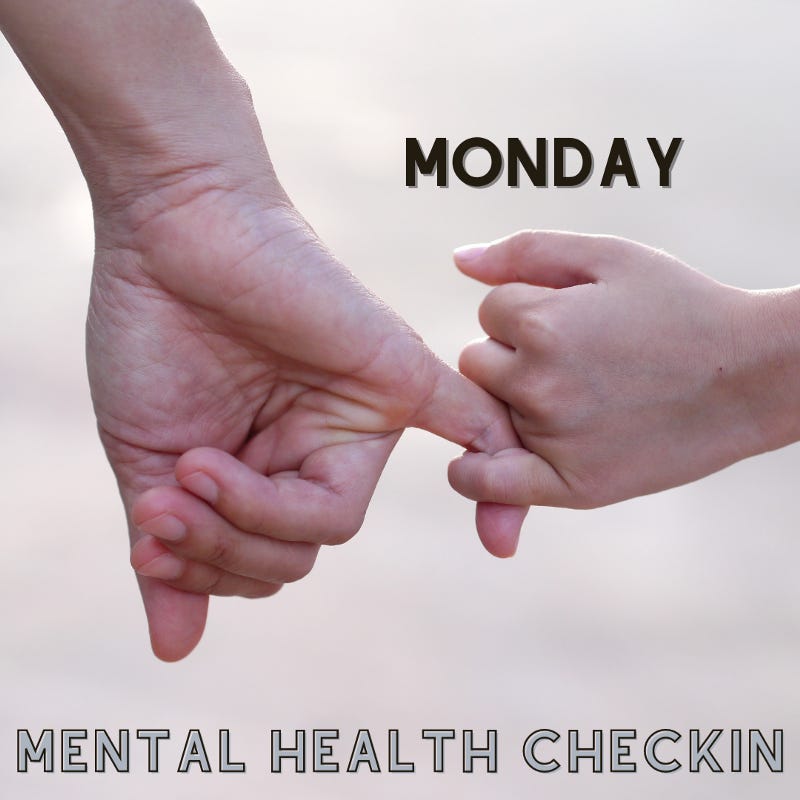Attached
“Most people are only as needy as their unmet needs.”- Amir Levine, Attached: The New Science of Adult Attachment and How It Can Help You Find — and Keep — Love
I’ve been talking about attachment styles a lot lately. It comes up for various reasons, typically when we talk about relationships with romantic partners and with friends and even co-workers (including bosses!) I think it’s beneficial to understand the way you relate to other people to know why you feel the way you do about those relationships.
According to researchers like John Bowlby and Mary Ainsworth, how you learned to attach to your caregivers as a child will impact your attachments as an adult, or so attachment theory proposes. Things like how you perceive and deal with intimacy, your ability to communicate your needs and emotions (and hear the needs and feelings of your partner), and your way of responding to conflict are all influenced by your attachment style.
There are three main attachment styles:
Secure
Avoidant
Anxious
A person who is secure in their attachments is not preoccupied with the status of their relationship. Instead, they are comfortable and content and believe they are worthy of love and that their relationships are safe.
An avoidant attacher is uncomfortable with closeness. They find it difficult to trust and depend on other people and do not want anyone to rely on them. In essence, they avoid intimacy.
Finally, the anxious attacher does crave that closeness but is worried about their partner’s commitment and love. As a result, they fear abandonment and frequently question the status of their relationship.
It is common for most adults to have a combination of traits and not fit into just one attachment style. But people who have a pronounced mixed anxious/avoidant attachment style will struggle to maintain any relationships throughout their life because of their push/pull nature and the level of intensity they exhibit in the accompanying behaviors.
OK, Kirk, how do I achieve the secure attachment style, especially if this all started as a kid? You’re right — my time machine is broken, and my magic wand doesn’t work. But I think we can work on things together to heal and therefore learn to attach in healthy ways.
One, we can improve your self-esteem and heal your shame. This will help you not take things so personally. Second, we can learn to be more assertive and handle conflict in a collaborative way. Learning to identify, express, and honor your needs — and set appropriate boundaries can really help. Learning to take reasonable risks with vulnerability will lessen your tendency to play games or try to manipulate your partner. Learning to self-soothe when you’re worried, making an effort to respond rather than react, and leaning into the discomfort can help, too.
Here’s today’s reflection prompt.
Which attachment style do you think best describes you? How did your childhood impact your attachment style? What kind of attachment style represents your partner?



